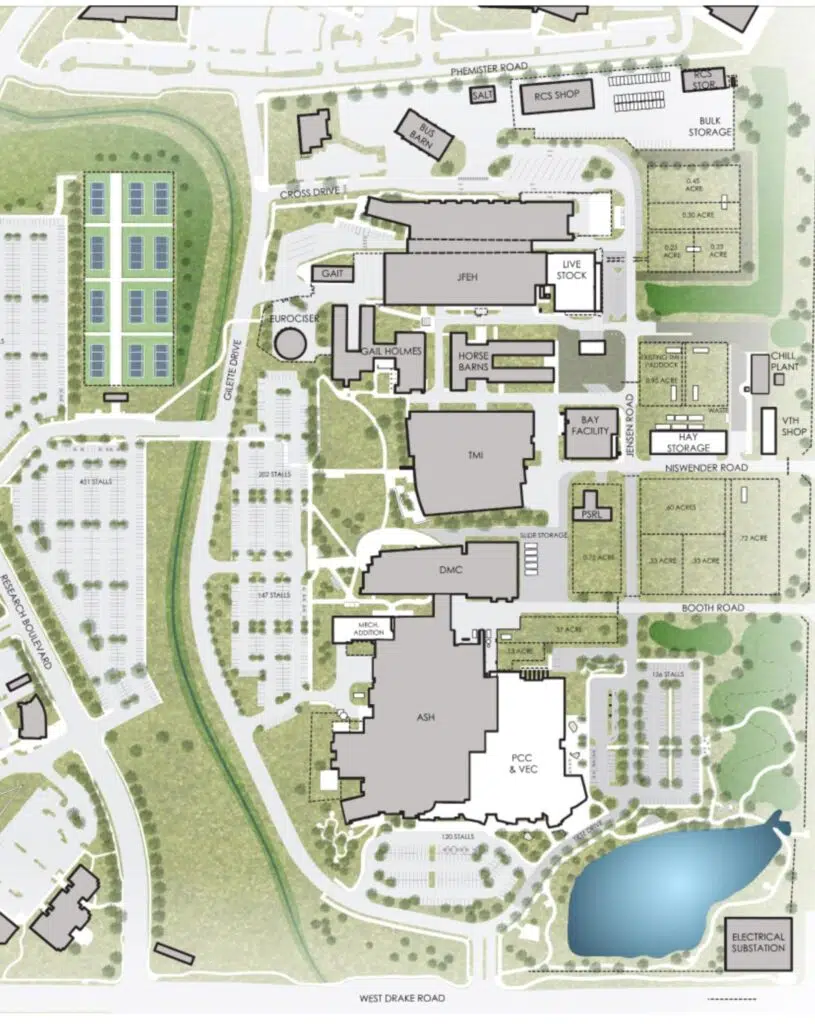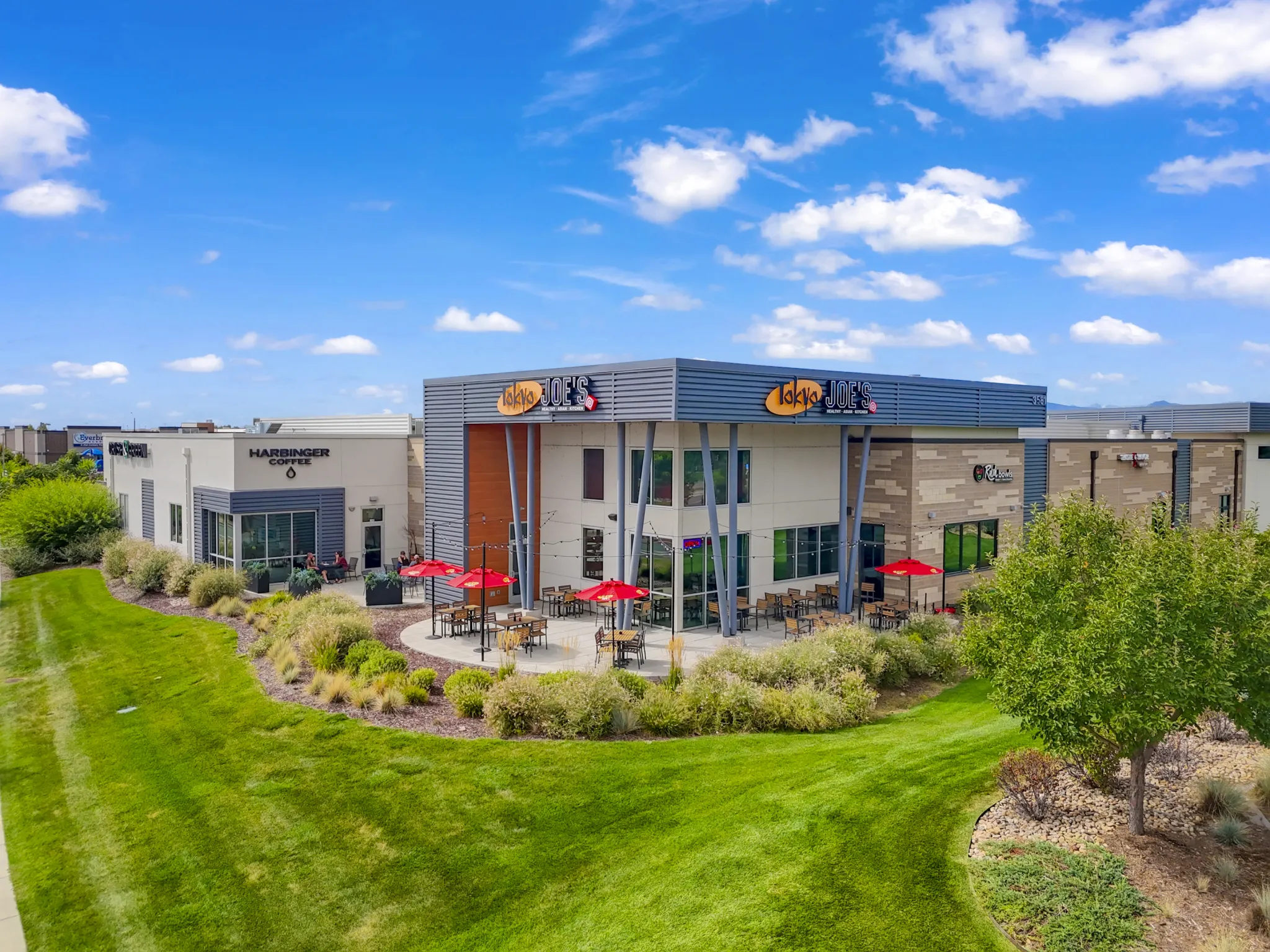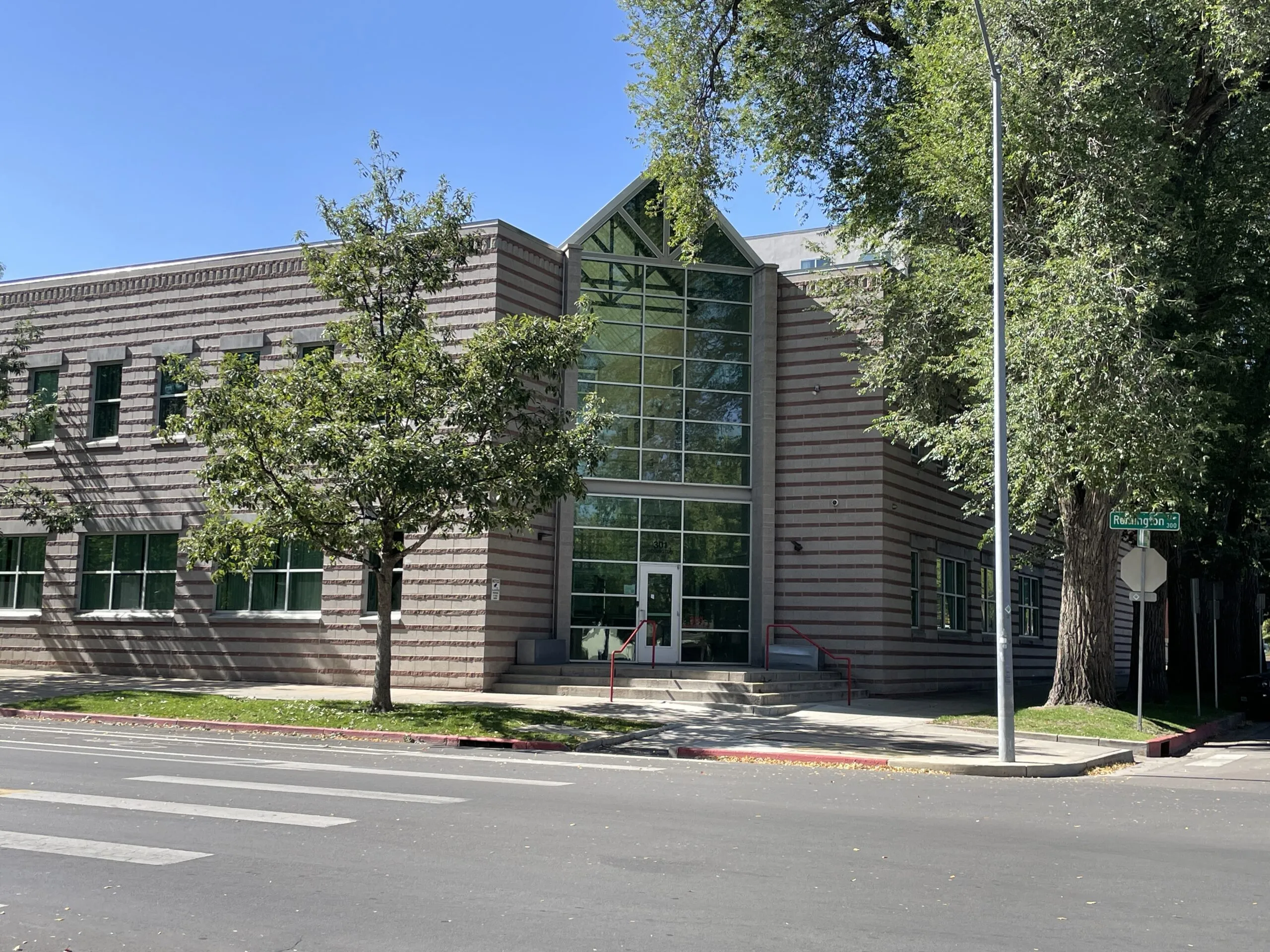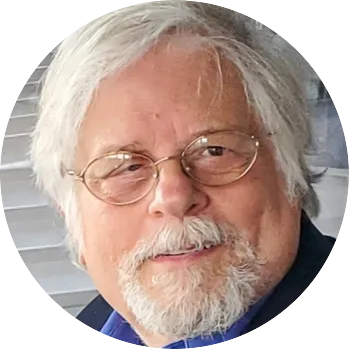CSU to begin building vet-school upgrade

FORT COLLINS — Nearly a year after the project was approved, construction is set to begin on a $230 million upgrade and expansion of the veterinary medicine and education facilities on Colorado State University’s South Campus.
CSU’s Board of Governors approved the project last Oct. 7 and the financing plan in August. The construction project will be funded through a combination of private donations, requests for state funding, university bonds, and other college and university sources. Planning for the project began in 2019.
Slated for completion in spring 2026, a veterinary teaching hospital is the centerpiece of multiple planned improvements. The hospital will feature an expanded primary-care clinic that will aid CSU in training job-ready veterinarians and provide better community access to its veterinary care. The project also includes construction of a new Livestock Veterinary Hospital, planned to open in early 2025. This $13 million hospital will provide medical, surgical and ambulatory facilities and adjoins the Johnson Family Equine Hospital.
CSU retained Omaha, Nebraska-based Tetrad Real Estate as the project’s master developer. The company has been a building partner on such CSU projects as the C. Wayne McIlwraith Translational Medicine Institute and the Center for Vector-Borne Infectious Disease, and also has coordinated projects on the University of Nebraska’s flagship campus in Lincoln as well as its medical center in Omaha.
“This is a really transformative implementation,” Dr. Sue VandeWoude, dean of the College of Veterinary Medicine and Biomedical Sciences, said in a prepared statement. “We’re going to add capacity we haven’t had before that will truly elevate what we can do on a day-to-day basis.”
The existing James L. Voss Veterinary Teaching Hospital was constructed in 1978. A current shortage of highly skilled veterinarians has been spotlighted by increased demand for both large- and small-animal services, in part because of a spike in pet ownership during the COVID-19 pandemic. That demand isn’t slowing; the Bureau of Labor Statistics projects the employment of clinical veterinarians to grow nearly 20% over the next decade.
The reimagined Veterinary Health and Education Complex, known as VHEC, will nearly double the size of the teaching hospital and allow CSU to admit 30 new students to its DVM program each year, growing the class size to about 170. The new facilities also will increase the amount of practical, hands-on training DVM students receive.
“The new clinic will allow our students to gain more confidence in the types of procedures and interactions they’re going to be called upon to do most commonly in private practice,” VandeWoude said.
For example, under the new program, students will spend a minimum of 16 weeks in primary care and perform four times the current number of basic surgical techniques. Another focal point of the curriculum is increasing the amount of classroom instruction taught via an education concept called team-based learning — essentially, more interactive, small group instruction as opposed to a more static, lecture-based approach. As much as 40% of the new curriculum will be taught using the team-based learning method.
“We’ve really put together a dream curriculum,” said Dr. Matthew Johnston, professor of avian, exotic, and zoological medicine and co-chair of the college’s curriculum renewal committee. “This will be — and I don’t think there’s an argument — the most progressive veterinary curriculum in the world.”
Another benefit of the new complex is that students across all four years of the DVM program will, for the first time, be located on the same part of campus. Currently, first- and second-year students take classes on CSU’s main campus and then transition to the facilities along West Drake Road during their third and fourth years.
“This building is going to give us the opportunity to really authentically build a community around the DVM classes,” Johnston said. “Sometimes first- and second-year students come over to the South Campus and are lost and feel like they don’t belong. We’re bringing all 700-plus students onto one campus.”
The new complex will also have dedicated community spaces where students and staff can gather together more regularly. “We will now have a building that will really highlight the value of pulling together education, research and clinical care physically into one space,” said Dr. Kelly Hall, associate professor in Critical Care Services and chair of the VHEC project planning team. “I think this is tremendously cool.”
Hall noted that the building is also designed to include spaces where students and faculty can find moments to de-stress after a long week of classes or after performing a difficult surgical procedure. “A lot of what happens in veterinary medicine can be stressful,” Hall said. “In imagining this building, we thought a lot about wellbeing and sustainability — how do we design spaces that can create comfort for people.
“The veterinary program here at CSU is so strong, it’s internationally known,” Hall said. “But you have to keep growing and continually getting better to maintain excellence. This project helps us do that in a big way.”

FORT COLLINS — Nearly a year after the project was approved, construction is set to begin on a $230 million upgrade and expansion of the veterinary medicine and education facilities on Colorado State University’s South Campus.
CSU’s Board of Governors approved the project last Oct. 7 and the financing plan in August. The construction project will be funded through a combination of private donations, requests for state funding, university bonds, and other college and university sources. Planning for the project began in 2019.
Slated for completion in spring 2026, a veterinary teaching hospital is the centerpiece of multiple planned improvements. The…




